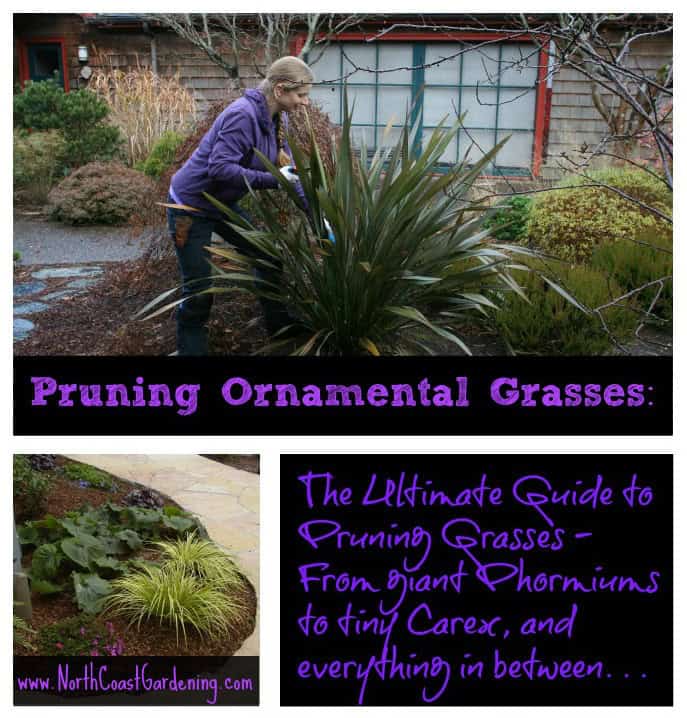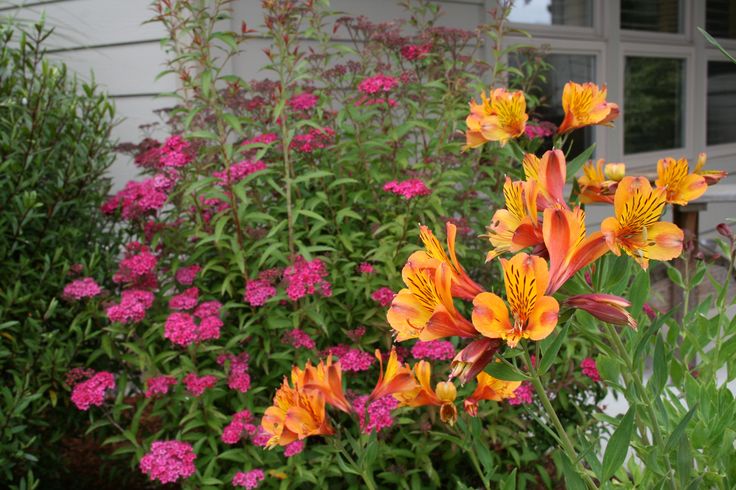Over to the west we go with Genevieve Schmidt, author of North Coast Gardening– master of fine gardening and always a generous sharer of her endless knowledge.
Here’s Gen….”I’ve always been a ridiculous reader and I’m honestly a bit surprised to have found myself working outdoors and in design, rather than owning a children’s bookstore as was my dream for many years.

I collect British girls’ boarding school stories written from the 1920’s to the 1960’s, which was a time when girls were just beginning to have options in terms of choosing careers and their own life paths.

The girls in the books take such joy in working hard, creating beauty, and having the courage to do the right things in life, which are qualities I think children find particularly reassuring and attractive, much as today’s books and media don’t always give them credit for it.
I’m a Top 500 Reviewer on Amazon, still, keep up with the latest in teen and children’s lit, and have long ago chucked my TV in favor of more bookshelves…”
My Favorite Things: Genevieve Schmidt
I’m a big tool evangelist. I think people get turned off of gardening because their rusted old tools from the 70’s make it so hard to get anything done! I remember once trying to garden using a client’s ancient tools and thinking it was no wonder this sweet lady thought gardening was so difficult – I was sweating after ten minutes of maneuvering her clunky tools!
Good tools aren’t always the most expensive, either. The often-touted $50 Felco pruners have a great marketing department. But my favorite Bahco pruners can go for as little at $17, and they cut better, last longer, and keep their sharp edge brilliantly. They have an ergonomic curve to them, so you can cut thicker stems with less effort than Felcos require.
I also love the Fiskars Powergear Hedgers. I’m not the type of person who shapes everything into roosters and cubes (I swear!)! I actually prefer these hedgers for cutting back the thicker stems of perennials in winter, and shearing off the dead flowerheads on lavenders and heathers in late summer. So much easier on your wrists than making 50 individual cuts to remove your dead lavender blooms!

What do you do to find inspiration?
I love to try different types of art or crafts. I’m not terrifically talented at any of them, but I’ve been surprised that every time I try a new art form, the concepts I’ve learned seem to follow me into the garden.
Recently I took a mosiac class from our local mosaic queen Laurel Skye (you can find her book on Amazon), and was surprised at the similarities between designing a mosaic and designing a garden.

image from Laurel Skye
One tip from her that I loved was “if you’ve fallen, look back at where you tripped”. What she means is that if you’ve created an awkward spot where nothing seems to look right (in the garden or in a mosaic), don’t just try and figure out what to put there that will look right – look around at what elements are combining to make that spot so difficult and see if fixing something else makes that awkward place disappear.
Best Garden or Design Advice Ever (Given or Received)?
I became a garden designer after beginning my career in fine garden maintenance, as in the types of pruning and care that the mow and blow guys either screw up or don’t know to do. Because of that, I came to design from a very practical place – the most important criteria to
me are how the hardscape and garden plants will age and be used.
So the thing I’d stress to anyone designing their garden is to do a visualization exercise about every activity you’ll do there (and the activities of everyone helping you in your home or garden), and try to imagine how everyone will experience each plant, pathway, seating
area, etc.
For example, I see so many gardens with individual pavers or uneven stones as the main pathway going to a lawn. If the pathway material sticks up out of the ground or has sharp corners, imagine trying to wheel your mower over the pathway without letting the mower blade chip the brittle edges of the pavers or the parts of the stone that jut upwards.
Another thing people often regret is planting prickly things near hose bibs, garage keypads, or pathways. Even if the plant is perfect in every other way, if you get thorned four times a year, a sense of frustration rather than calm will infuse your feelings about that garden area.
Caring for your garden should be fun, and just taking a bit of time at the outset to visualize potential stress points can make a world of difference in whether it’s as fun to work in your garden as it is to play.
More Northern California and Coastal Gardening posts
+comments+